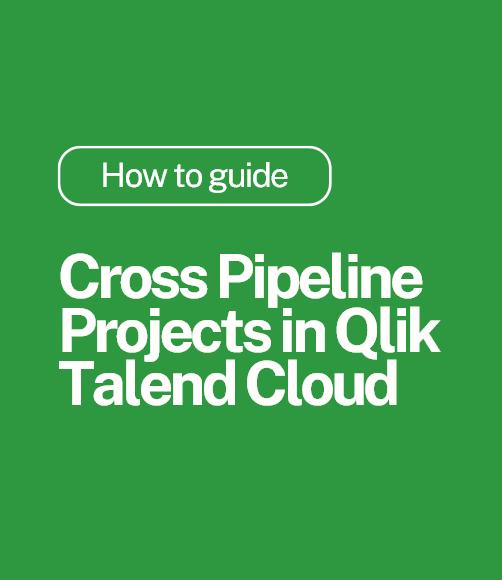Migrating from QlikView to Qlik Sense: What To Consider
The number one topic for organisations still using QlikView should be the migration to Qlik Sense. In my opinion, guided analytics (QlikView) have become outdated. Self-service analytics (Qlik Sense) are what is relevant now: analytics that put data at the fingertips of the user. Gone are the days of waiting on the IT department to produce reports: rapid development, using intuitive user-friendly interfaces, is here.
Switching to a self-service analytics tool such as Qlik Sense removes the bottleneck from IT, empowers the user and, in turn, the business. Establishing greater insights by having the freedom to visualise data differently, whilst still in a governed environment, is now the reality. Why do it any other way?
In this blog I will focus on the five key elements for any migration plan, starting with the infrastructure:
Server
Like QlikView, Qlik Sense is an in-memory application, so you will need a dedicated server/s. The servers will likely need to be a similar specification to your existing QlikView solution. The absolute minimum specification will require a Windows server with a 1gb HHD, 8gb RAM and Multi-core x64 compatible processors. The full system requirements can be found here. Please note, this is not the universal recommended specification as it varies depending on the size of the user base, data volumes etc. Contact us to find out more.
Licences
Our team of Qlik experts can help you understand if and how you can transfer licences. It is important to note that there are differences between the QlikView and Qlik Sense licencing models. The Sense model comprises of two types of licence: user access passes and login access passes (access passes are commonly referred to as tokens). The former is intended for frequent users and the latter for infrequent users. (A frequent user is defined as someone who consumes 10+ hours per 28 day period.)
Redevelopment
Scripting in Qlik Sense is no different to QlikView, therefore all code is transferable. Having said that, it’s not just a copy & paste exercise: you will need to re-establish the data connections and replace the connection strings in the script with the new ‘lib’ statements. Alternatively, for a quick win, you could use a binary load.
The bulk of redevelopment comes in the front end where you will need to recreate the visualisations. You will be surprised how fast this is achieved, thanks to the simplicity of Qlik Sense and how quick it is to create dashboards with the improved drag & drop/ click & select capability. Having come from a QlikView background myself, initially I found the snap-to-grid system annoying. I soon realised, however, that it was a blessing in disguise! It was after redeveloping an application in Qlik Sense (which I’d previously built in QlikView), that I realised the change really was for the better.
Security
Security in Qlik Sense is a little different but also a lot more flexible. In Qlik Sense you have the Hub (this is Sense’s version of the QlikView Access Point.) This is also the highest level of security – is the user authorised to access your Sense solution and do they have a licence?
Within the Hub you will discover ‘streams’ which mimics selecting a ‘category’ in QlikView (essentially a collection of applications.) You would typically create a stream for a particular group of users – a user should have access to one or more streams. You can also apply security on an app, field and row level. Section access is still available in Qlik Sense but it works somewhat differently.
User training
For users to accept change they need to be made at ease with it. How do we make a user comfortable with a new tool? We train them! At Ometis, we provide a range of training courses which can be tailored to suit anyone. This varies from an hour long introduction to analysing data in Qlik Sense through to a three day course designed to turn individuals into Qlik developers or system administrators. Our flexibility can match your needs and current skill set.
What Next?
Once you have a list of what needs to be done, we can move onto the how and when. Take a moment to think about how you would implement a migration plan. Do you ‘rip the band aid off’ and leave the office on Friday as a QlikView user to return Monday with Qlik Sense, or do you run the two tools in parallel and drip feed users onto Qlik Sense over a period of time? As long as the end result is the same – does it matter? I think it does. It’s not just changing from one BI tool to another, it’s doing so in a manner which is accepted by the majority of the stakeholders, seamless for business-as-usual operations and beneficial to all users.
In my next blog, I’ll be discussing four approaches to Qlik Sense migration and weighing up the pros and cons of each, so be sure to check back.
Chris Lofthouse,
Qlik Consultant




.png)
Comments